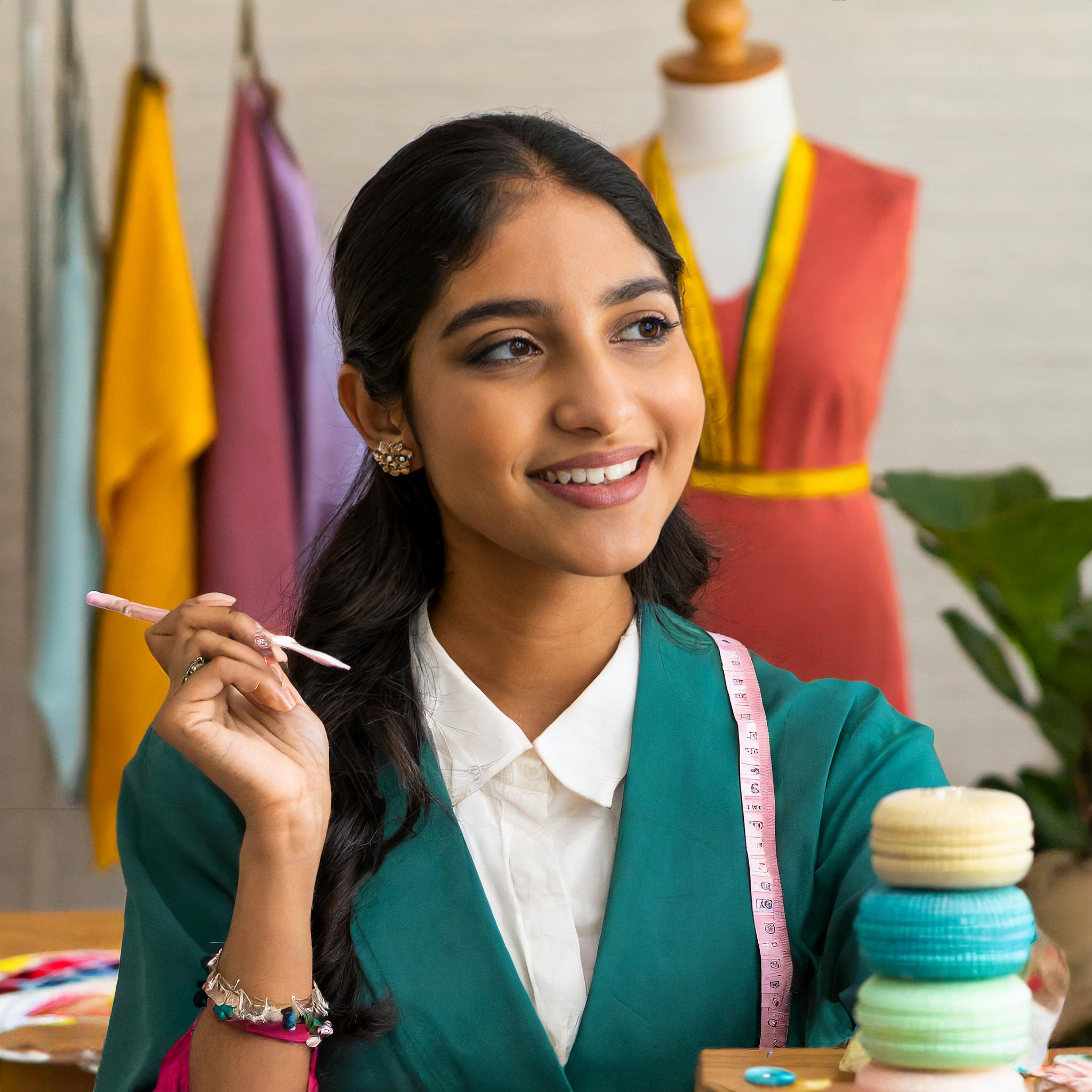Beyond the Sketchpad: Unveiling the Diverse Career Paths for Fashion Designers
For many, the world of fashion evokes images of glamorous runways, dazzling creations, and the dream of becoming a renowned designer. While the spotlight shines brightly on the top names in the industry, the reality is that fashion offers a vast and diverse landscape of career paths, each requiring unique skills and offering rewarding experiences. If you’re considering a career in fashion design, buckle up, because we’re about to explore the possibilities that extend far beyond the sketchpad.
Beyond Design: The Spectrum of Fashion Roles
While “fashion designer” might be the first title that comes to mind, it’s merely the tip of the iceberg. Here’s a glimpse into the broader spectrum:
1. Design & Production:
- Technical Designer: Translate creative visions into technical specifications, ensuring garment functionality and manufacturability.
- Patternmaker: Craft precise patterns for garment construction, considering fit, fabric properties, and production methods.
- Sample Maker: Bring designs to life by meticulously constructing prototype garments, reflecting the intended fit and quality.
- Textile Designer: Develop unique woven, knitted, or printed fabrics, playing a crucial role in the look and feel of garments.
- Accessory Designer: Create handbags, jewelry, footwear, and other accessories that complement clothing designs and define brand aesthetics.
2. Fashion Business & Commerce:
- Fashion Buyer: Analyze trends and market data to curate collections for stores, ensuring they align with consumer preferences and budget.
- Fashion Merchandiser: Plan and manage in-store displays and stock levels, creating visually appealing and commercially successful presentations.
- Fashion Stylist: Select and coordinate clothing and accessories for individuals, photoshoots, or events, reflecting personal style and specific themes.
- Fashion Consultant: Advise individuals or businesses on wardrobe choices, personal branding, and image development.
- E-commerce Manager: Oversee online fashion stores, from website design and product listings to marketing and customer service.
3. Creative Expression & Communication:
- Fashion Illustrator: Capture clothing designs through detailed sketches and drawings, bringing concepts to life for marketing and production.
- Fashion Journalist: Research and write articles, conduct interviews, and analyze trends for fashion publications or online platforms.
- Fashion Photographer: Create visually stunning images of clothing and models, capturing the essence of design and brand identity.
- Fashion Editor: Curate and manage fashion content for publications, ensuring visual cohesion and alignment with editorial themes.
- Trend Forecaster: Analyze cultural, social, and economic trends to predict future fashion styles and consumer preferences.
4. Specialized Applications:
- Costume Designer: Create bespoke garments for theatrical productions, films, and television shows, reflecting character personalities and historical periods.
- Sustainable Fashion Designer: Develop eco-friendly clothing using recycled materials, organic fabrics, and ethical production practices.
- Activewear Designer: Design sports apparel that prioritizes performance, comfort, and style for various activities.
- Vintage Fashion Specialist: Source, curate, and sell vintage clothing and accessories, catering to a niche market passionate about historical styles.
- Personal Protective Equipment (PPE) Designer: Create functional and stylish protective clothing for healthcare professionals, industrial workers, and other occupations.
Choosing Your Path: Skills & Interests
With such a diverse array of options, where do you begin? Start by reflecting on your strengths and interests:
- Do you crave hands-on creation and technical expertise? Design and production roles might suit you perfectly.
- Do you have a keen eye for trends and understand consumer behavior? Business and commerce could be your calling.
- Are you passionate about visual storytelling and creative expression? Explore communication and design-related paths.
- Do you have a specific niche interest, like sustainability or vintage fashion? Pursue specialized applications.
The Journey Begins: Education & Experience
Formal education can provide a strong foundation, with fashion design programs offering technical skills, industry knowledge, and portfolio development opportunities. However, talent, hard work, and a willingness to learn are equally important. Immerse yourself in fashion communities, network with professionals, and seek internships or freelance opportunities to gain real-world experience.
The Evolving Landscape: Embrace Digitalization & Sustainability
The fashion industry is constantly evolving. Embrace technology – learn design software, leverage social media platforms to showcase your work, and explore digital marketing strategies. Sustainability is a growing concern, so incorporate eco-conscious practices into your designs and consider specializing in this area.
Remember, the journey is as important as the destination. Stay curious, be adaptable, and don’t be afraid to experiment. With dedication and a creative spirit, you can carve your own unique path in the exciting world of fashion, whether it’s under the spotlight or behind the scenes.

